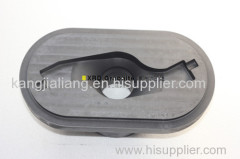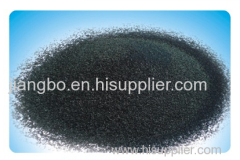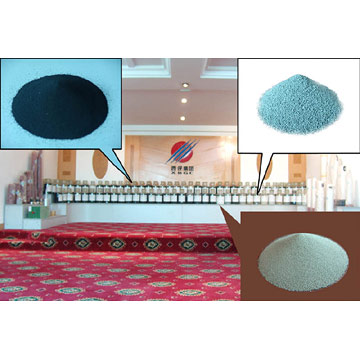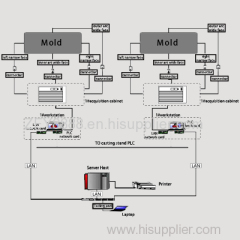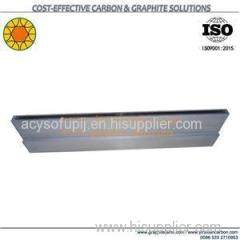
Graphite mold for continuous casting
| Min. Order: | 1 Bag/Bags |
|---|---|
| Trade Term: | FOB,CFR,CIF,DAT,FAS,DDP,CIP,CPT,FCA,EXW |
| Payment Terms: | Paypal, L/C, D/P, D/A, T/T, WU, Money Gram |
| Place of Origin: | Henan |
Company Profile
| Location: | Pingdingshan, Henan, China (Mainland) |
|---|---|
| Business Type: | Manufacturer, Trading Company |
Product Detail
| Means of Transport: | Ocean, Air, Land |
|---|---|
| Brand Name: | XRD |
Product Description
Horizontal continuous casting refers to the type of continuous steel casting in which the molten steel is poured horizontally into a horizontally placed crystallizer, and the solidification process of the billet and movement in the caster until it reaches the horizontal state of the cooling bed. This method can simplify the process, improve production efficiency, facilitate automation and improve casting quality.
The crystallizer is a key component of the continuous casting equipment and its quality is directly related to the continuous casting technology's effectiveness and economic benefits. Graphite material has the characteristics of high temperature resistance, oxidation resistance, chemical resistance, self-lubricating and excellent thermal conductivity, and is the most ideal material for making crystallizers. It is generally believed that graphite crystallizer (also known as continuous casting graphite) has many advantages compared with metal molds, such as not being eroded by molten metal, the friction coefficient is low when the casting is moving, and it is easy to process, and no cold septum is produced on the casting surface (especially Continuous casting of large flat copper pieces), as well as the continuous casting surface without processing. Therefore, XRD graphite has given considerable attention to the research and production of graphite materials for continuous casting, continuously improving the structure of continuous casting graphite and increasing its service life.
Horizontal continuous casting machine use multi-stages, ie copper sleeves are used in the front section and graphite sleeves are used in the rear section. The function of the graphite sleeve at the back of the crystallizer is mainly to act as a lubricant under high temperature, and it also has the function of "secondary cooling" of ordinary casters. The billet first cools and solidifies in the copper jacket, and after the initial solidified shell is formed, it enters the graphite sleeves to cool more slowly. Since the graphite has self-lubricating properties at high temperatures, the length of the copper sleeve that is easily bonded to the blank shell is very short, so that the casting resistance of the entire crystallizer inner sleeve can be ensured to be small. In order to reduce the effect of air gap on heat transfer, the copper sleeve and the graphite sleeve have corresponding taper. The heat flux density of the copper jacket in the front section of the crystallizer is estimated to be 1.5 to 1.8 MW/m on average, which can reach 223.8 to 4.5 MW/m in the vicinity of the separation ring, and only 0.5 MW/m in the graphite sleeve. The graphite sleeve of the rear section of the horizontal continuous casting mold is longer, and the billet is thicker (10-15mm) after the casting mold emerges from the crystallizer, and it is no longer necessary to continue the spray cooling. The slab thus obtained has a uniform cooling and good quality.
The choice of graphite sleeve material must be suitable for the characteristics of the copper alloy produced. The fitting tolerances of graphite sleeve and water-cooled copper sleeve must be appropriate, and the appearance roughness should be small. The high density graphite materials such as XRD Graphite's XRD-5 have good strength, small coefficient of thermal expansion, high wear resistance and good self-lubricity, and are ideal materials for making crystallizer graphite sleeves. Graphite sleeve working surface can also be processed by coating or electroplating, which can not only improve the surface quality of the slab, but also prolong the service life of the graphite sleeve.


